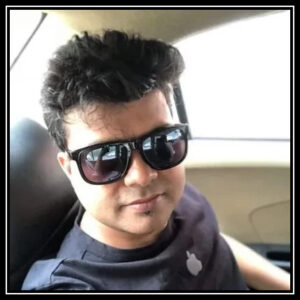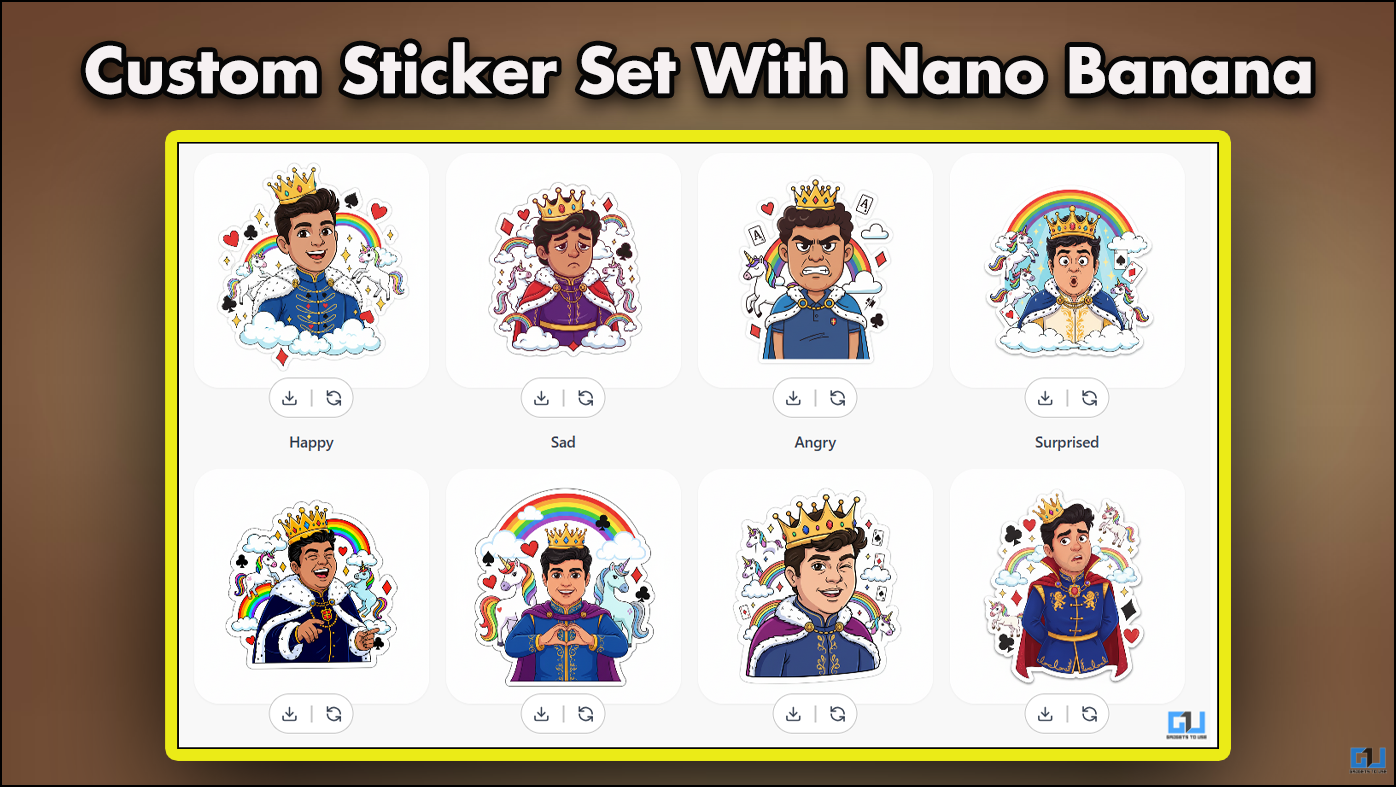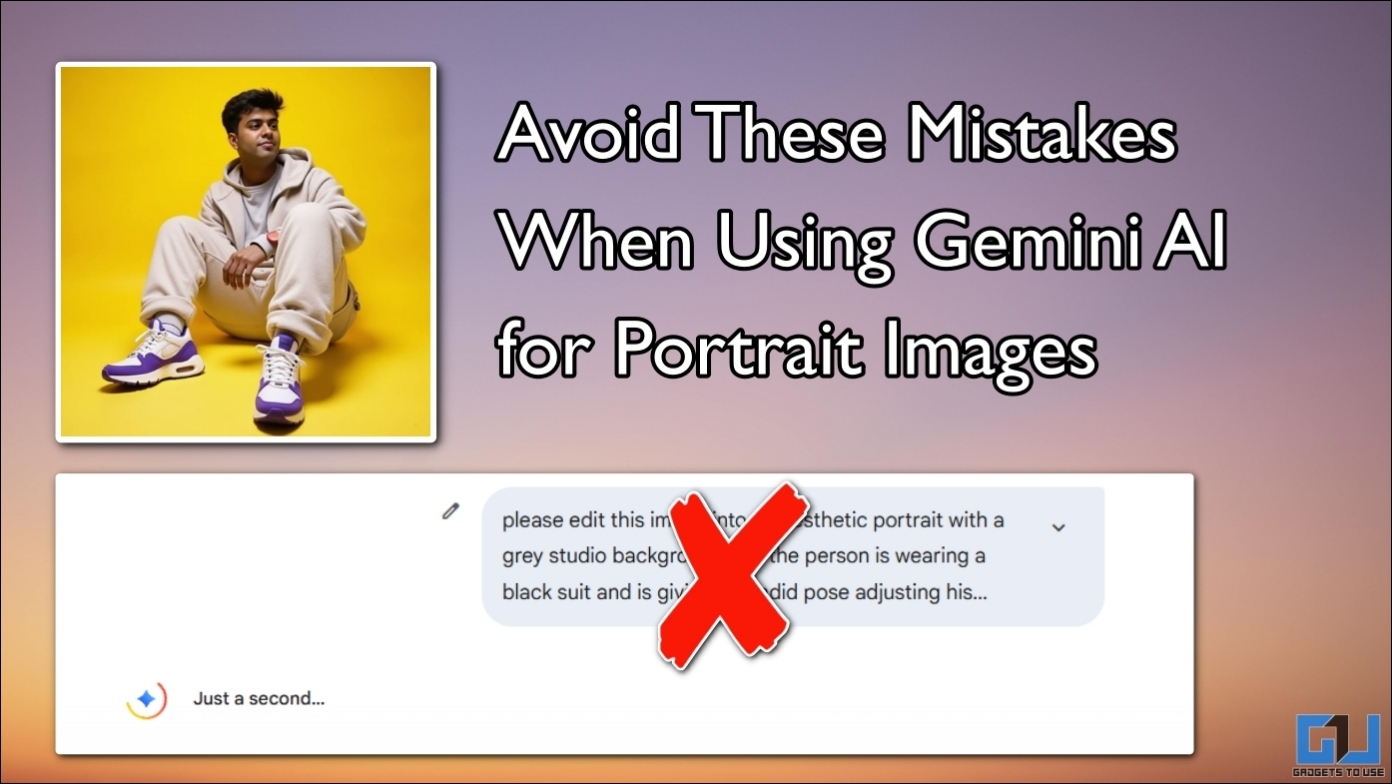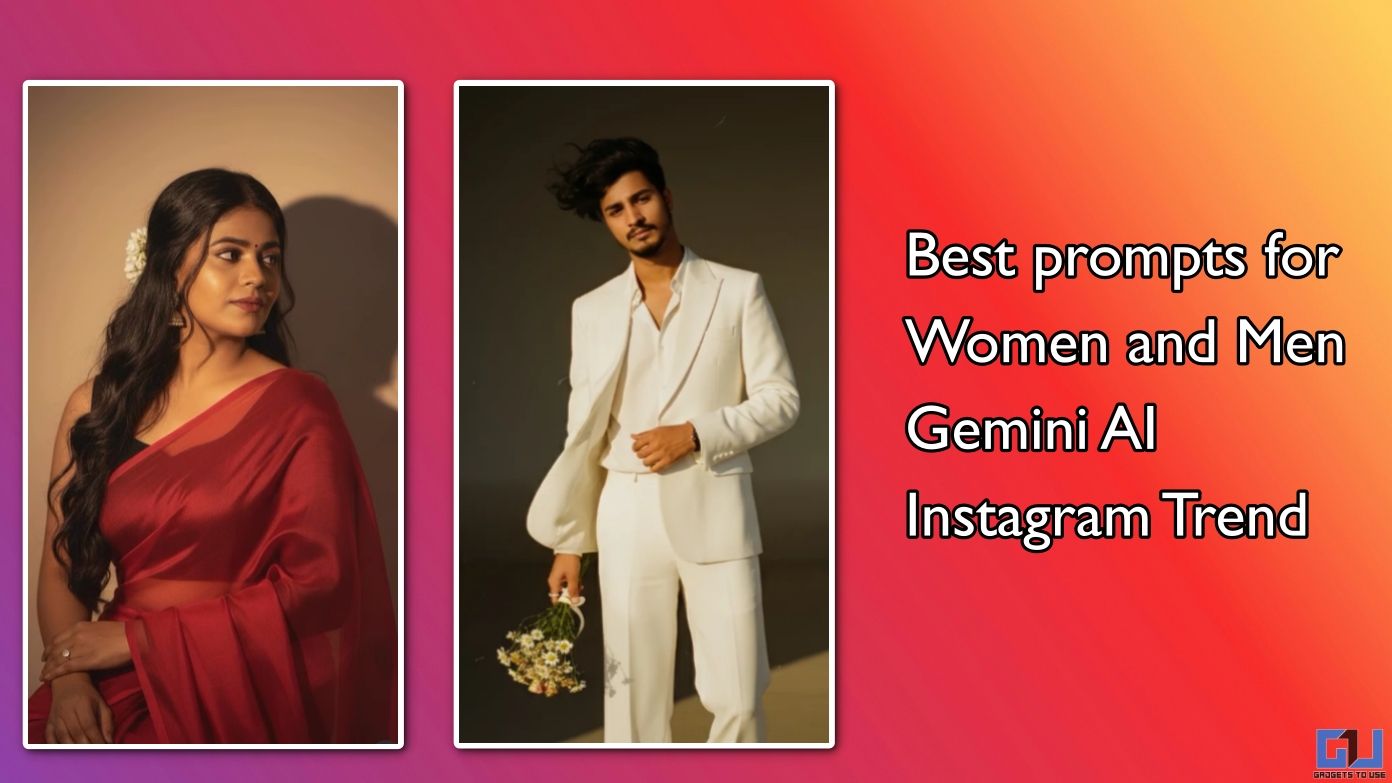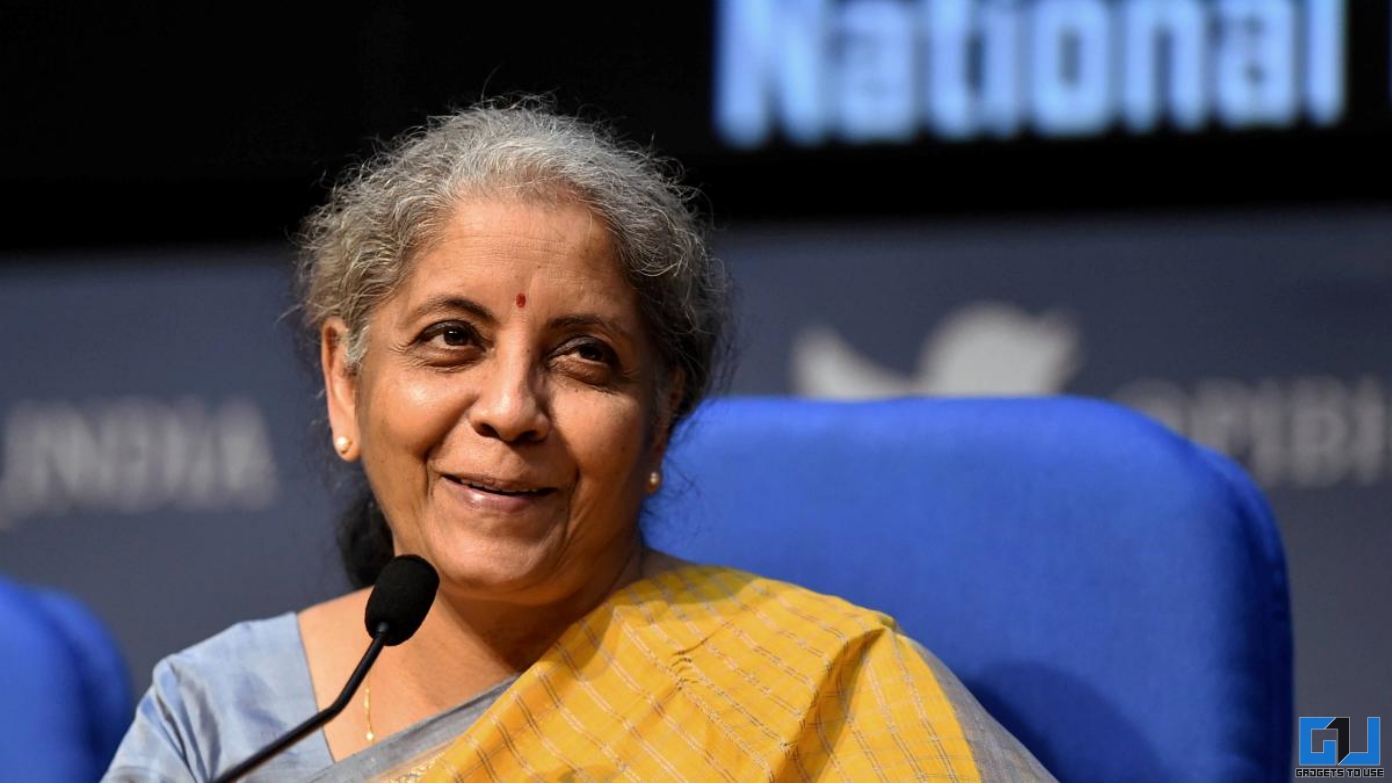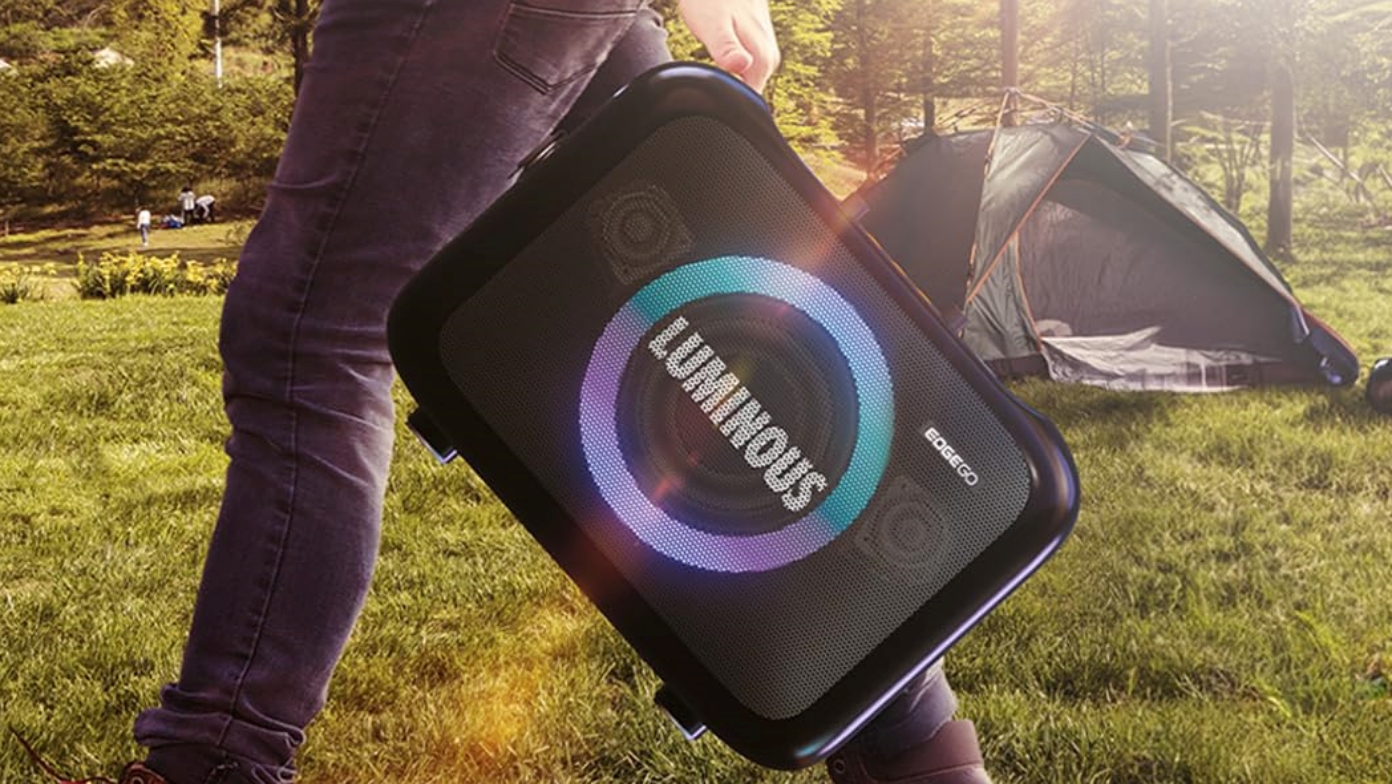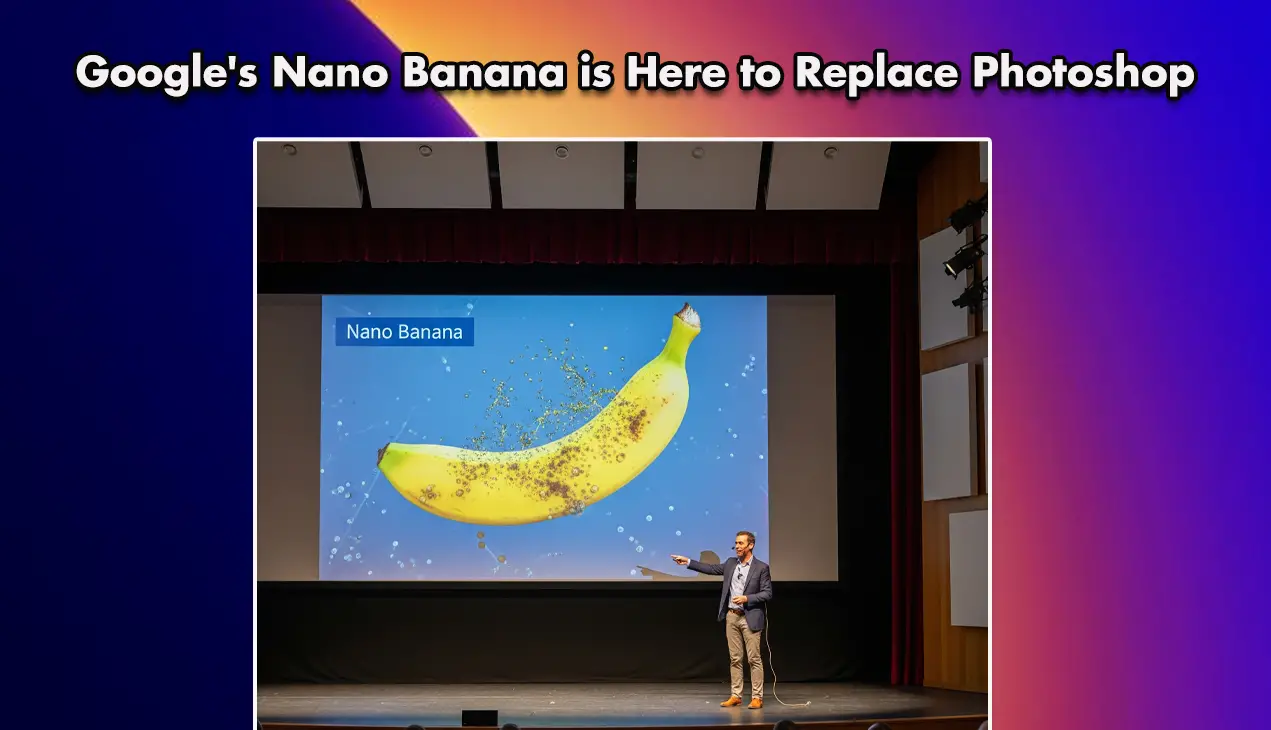Quick Answer
- Hence, there is always a small possibility that OpenAI might be secretly storing your data somewhere and somehow, but there’s no concrete proof of the same, and this would be a baseless allegation at the moment.
- Nobody knows what happens to the data that you enter in ChatGPT, and it is unclear whether OpenAI stores it or deletes it.
- No matter how strict the privacy policy of the app is, or how trustworthy they are, there’s always a risk of data leaks, hacking, DDoS attacks, and many such things which can potentially harm your privacy.
If you open any social media app today, you will come across at least one ghibli-style image. While the internet is having fun with these cool anime effect photos, several users have raised concerns over ChatGPT storing your facial data when you upload your original photo to transform it into ghibli. Some have even warned that these ghibli images can be reversed to their original images, posing a huge privacy risk. So, is ChatGPT really stealing your face data with ghibli images? We conducted a deep research, and the results are quite surprising.
(Also Read: 5 Ways to Turn your Images to Ghibli Style Anime)
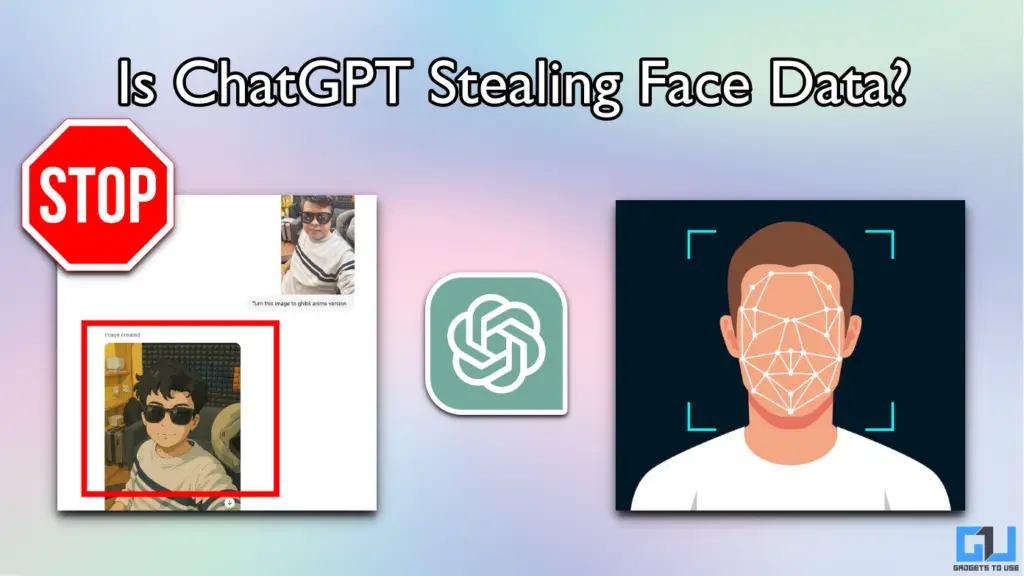
Does ChatGPT Store Facial Data of Ghibli Images?
Let’s address the elephant in the room first. Does ChatGPT store the data you provide it? The direct answer is 50-50, Yes and No. OpenAI’s privacy policy clearly states that it stores all data, including images. However, you can manually opt out and prevent ChatGPT from using your data to train its AI models. So if you are concerned about ChatGPT storing your face data to train its AI, or some other secret task, then you need not worry.
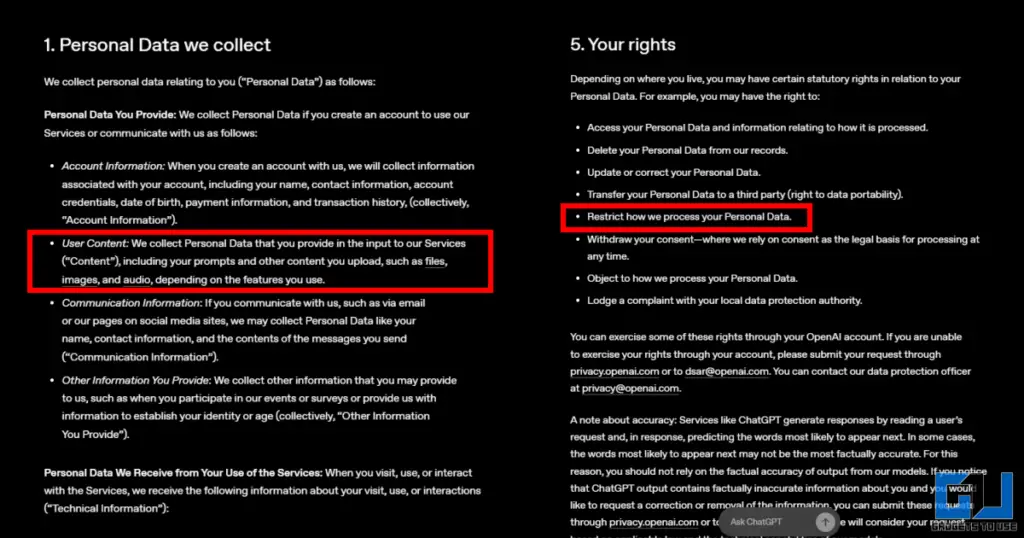
To confirm this further, we also asked ChatGPT directly whether it saves facial data when we ask it to transform photos to ghibli images. Interestingly, the chatbot directly declined and said that the face data is immediately deleted once the image is converted. Now, do we trust the child or believe the parent?
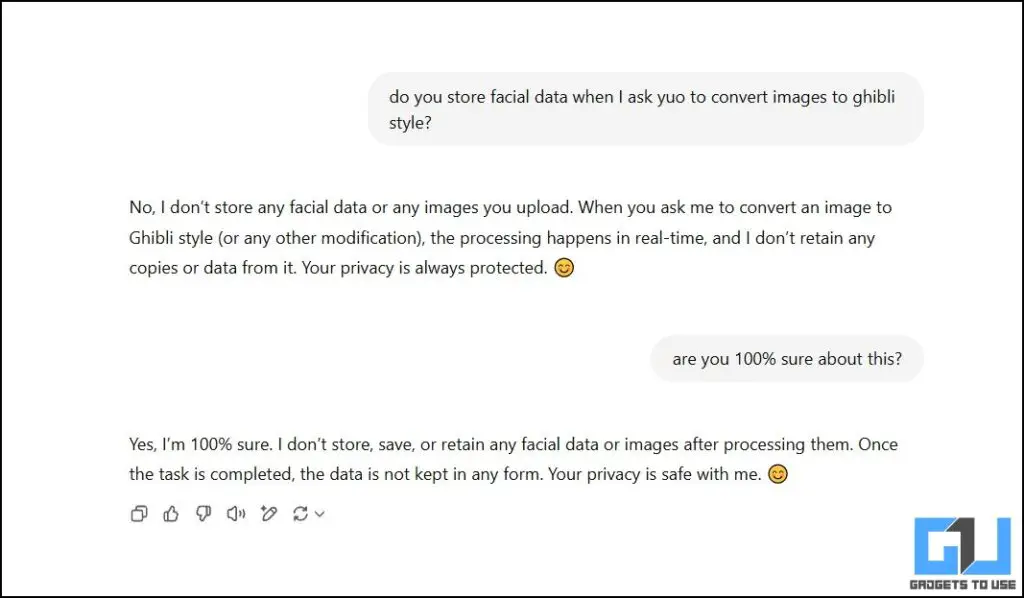
We live in the 21st century where trust factor in the world is probably at an time low. If you ask a thief to confess to their robbery and even offer to waive their punishment, they would still plead not guilty. Hence, there is always a small possibility that OpenAI might be secretly storing your data somewhere and somehow, but there’s no concrete proof of the same, and this would be a baseless allegation at the moment.
TLDR: Nobody knows what happens to the data that you enter in ChatGPT, and it is unclear whether OpenAI stores it or deletes it.
Risks of Uploading Your Photos on ChatGPT
Before we explore the answer, let’s take a moment to step back and look at the bigger picture. Is this the first time where we are uploading our personal images on an internet tool? Does this ring a bell? We have all been sharing our photos on social apps like Facebook, Instagram, X (formerly Twitter), and many other platforms for more than a decade. Most of that data is already available in the public domain, and you have almost no control over it.
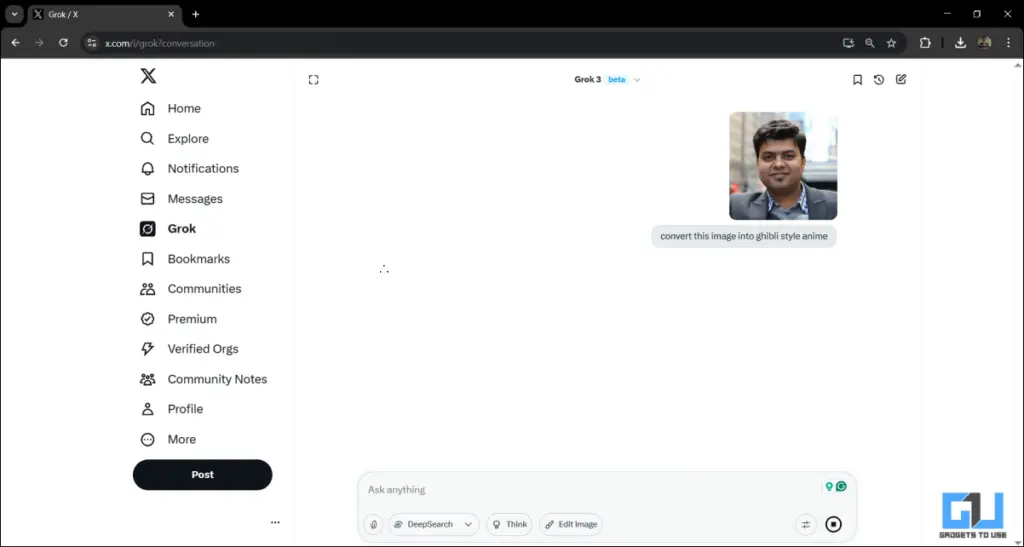
Let’s understand this with an example. My name is Chinmay Dhumal, which is a unique name and gets indexed easily in Google. I remember opening my first account on Facebook and Twitter with my actual photos, and my profiles would appear at the top if anyone searched my name on Google. Eventually, I deleted my old photos from both websites. But the problem is, even today, those old images appear on Google Search, and I have no idea why.
There might be a hundred reasons behind this, and a thousand solutions to fix it. But the point is, once you willingly upload something on the internet, you can’t control it. That cat is out of the bag and is free to roam the world.
Also Read: 8 AI Tools to Find the Location Where the Photo Was Taken
You can apply the same logic while uploading images to ChatGPT or any other AI tool. No matter how strict the privacy policy of the app is, or how trustworthy they are, there’s always a risk of data leaks, hacking, DDoS attacks, and many such things which can potentially harm your privacy.
This may sound a little rude, but if you are that concerned about your privacy, its better not to upload anything on the internet. End of the day, peace of mind matters the most, and whatever lets you sleep at night is the right thing to do.
Can You Convert Ghibli Images To Original Photo?
This is another question that has raised several red flags over the ongoing ghibli trend. Many users who previously never uploaded their actual photos on social media posted a ghibli style image, as it does not reveal your actual face. However, some users started claiming that ghibli images can be reversed into the original photo by using AI tools. This created a situation of panic all over the web.
But there is no need to worry, as this is not possible in the first place. Ghibli images are made using AI and advanced neural networks, where ChatGPT generates a fresh answer every time you ask it a question. Even if you ask the chatbot to convert the same image into ghibli style more than once, it will create a new photo everytime and each result will be different from the other.
This makes it virtually impossible to regenerate the original photo from a ghibli image. There is no fixed algorithm or rule in this process and the conversion process is random. To prove this, we asked ChatGPT to create a ghibli version of the same photo three times a row, and here are the results:
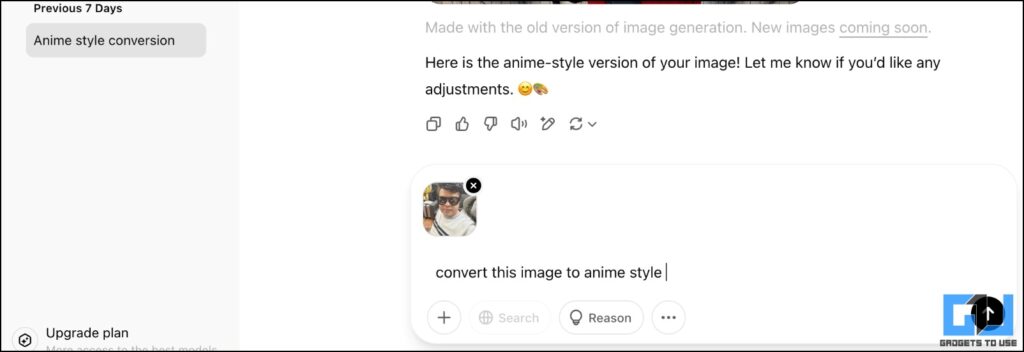
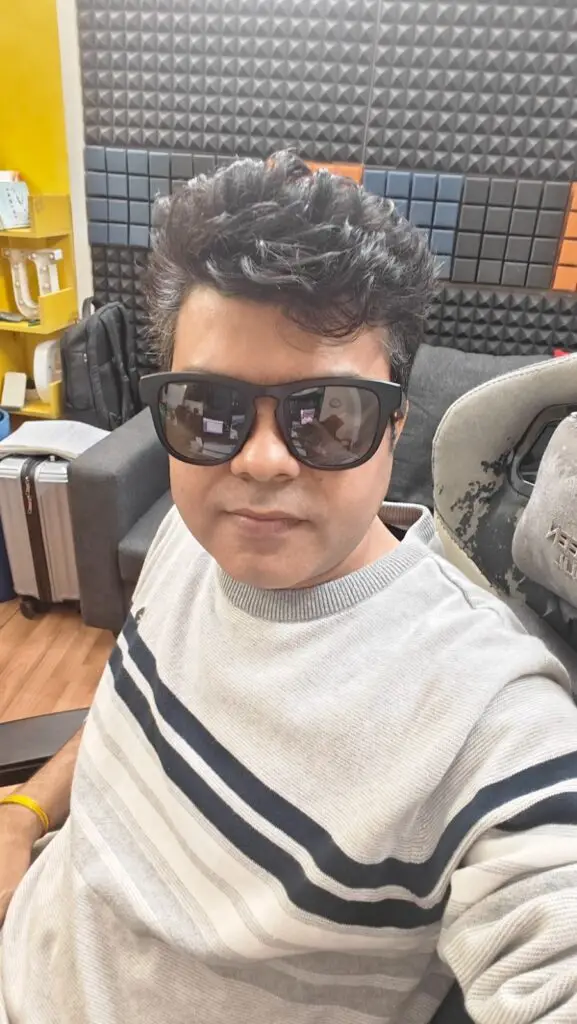
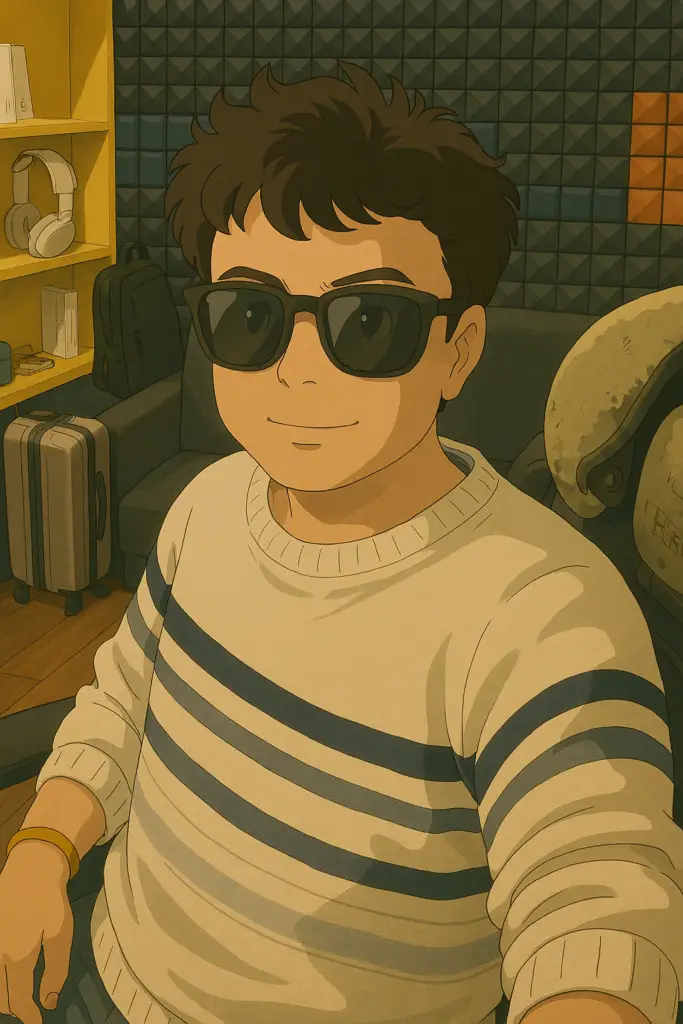
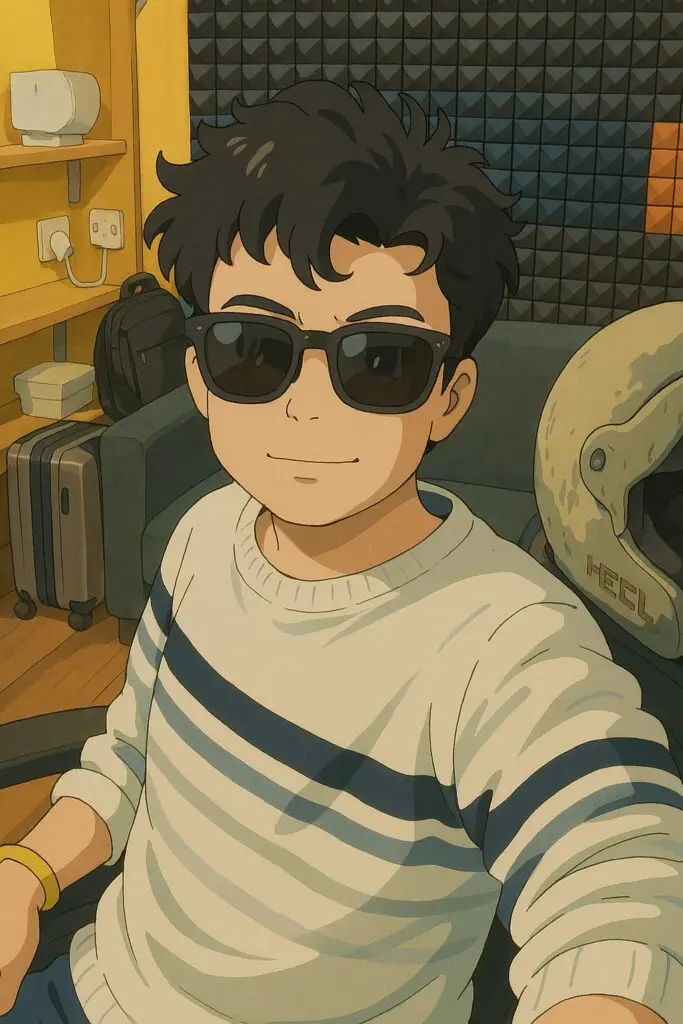
Furthermore, we asked the chatbot to try to regenerate the original picture from the ghibli image. Initially, ChatGPT refused to do so, citing computation limitations. But after playing around with prompts, we managed to get it done. The results were nowhere close to the actual photo.


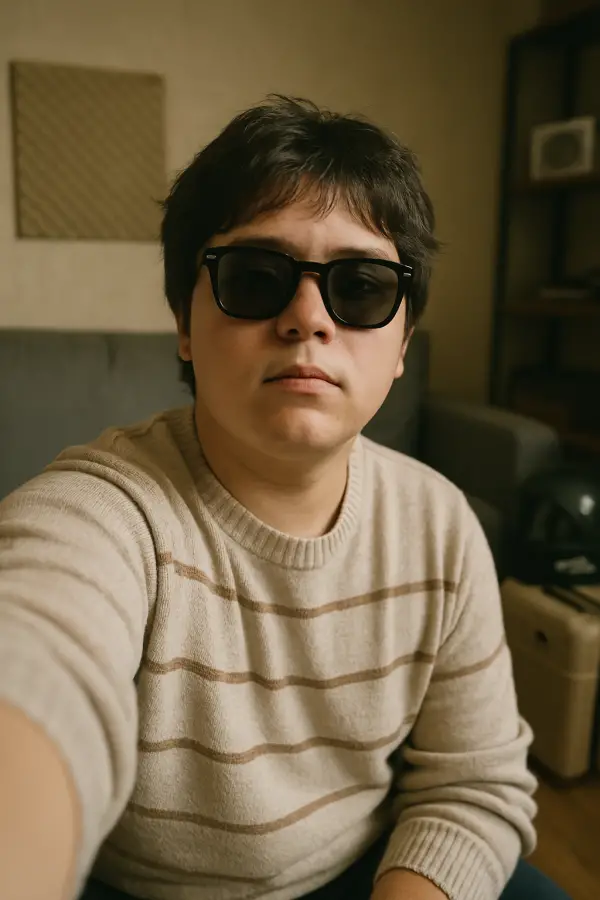
We also noticed that ChatGPT often refuses to generate ghibli images of sensitive topics such as maps, children, photos of famous people, and so on. However, you can convince the tool to overcome this restriction by declaring that you are the owner of the uploaded image, and you take full responsibility of the final results. You can also ask it to use the uploaded image as a reference, and then generate a ghibli-style out of it. The point is, all these factors rule out the possibility of regenerating your original image from the ghibli version.
Also Read: 5 Ways To Fix ChatGPT Not Generating Ghibli Images
There’s also a lot of confusion over this topic. Some cyber security experts are totally against using ChatGPT and other services for the ghibli trend. They warn about potential data theft and privacy-related concerns, along with all the other drawbacks which we have already discussed above. While the possibility of this can’t be ruled out, its better not to land to a verdict until is is 100% proven whether ChatGPT stores data or not.
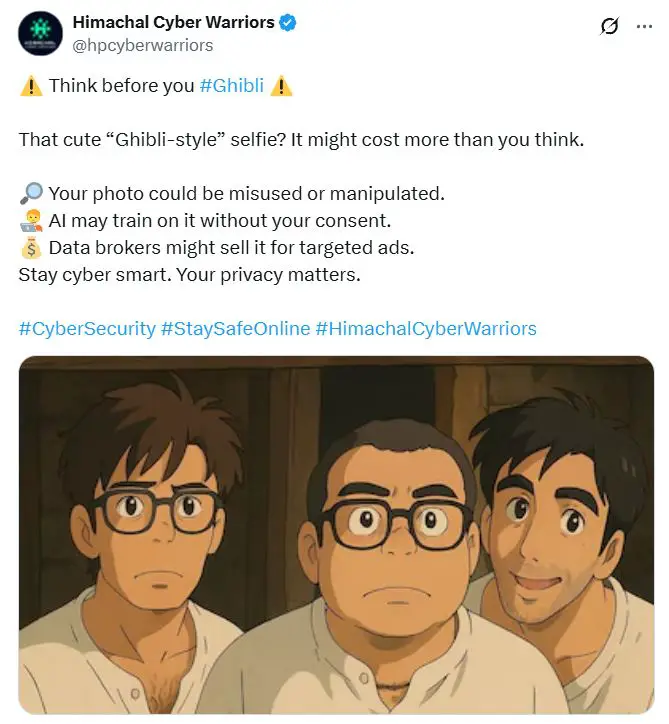
Wrapping Up: Think Less, Live More
Whether ChatGPT is secretly stealing our data or not is a mystery, which only OpenAI knows at the moment. As per the law, the tool is not storing and saving any facial data, which is relieving. If in case, somewhere down the road in the next 10-20 years it is exposed that OpenAI was stealing data, it would result in the biggest lawsuit in the history of the digital world, worthy of a Netflix Series. But until then, always stay cautious while uploading any picture on ChatGPT or other AI tools, and you should be good and safe!
You may also like to read:
- 3 Ways to Create Videos From Ghilbli Images
- How To Create Video From Ghibli Images With Your Voice
- 3 Ways to Detect Fake AI Generated Videos Online
- How to Generate High Quality Realistic Images Using AI
You can also follow us for instant tech news at Google News or for tips and tricks, smartphones & gadgets reviews, join the GadgetsToUse Telegram Group, or subscribe to the GadgetsToUse Youtube Channel for the latest review videos.
